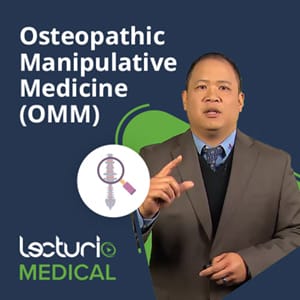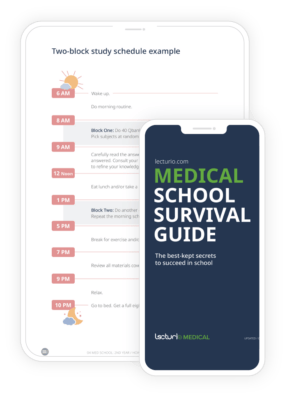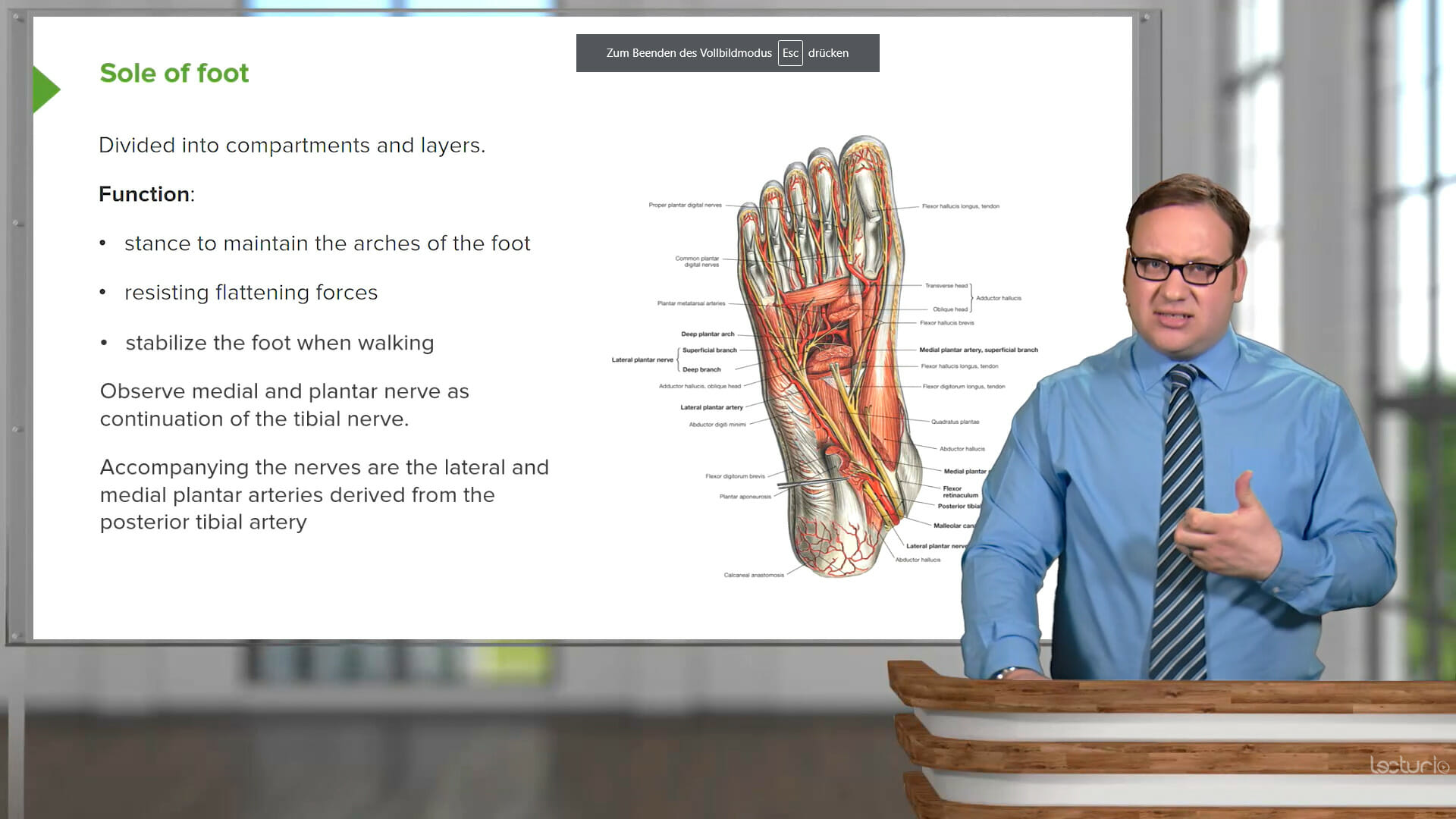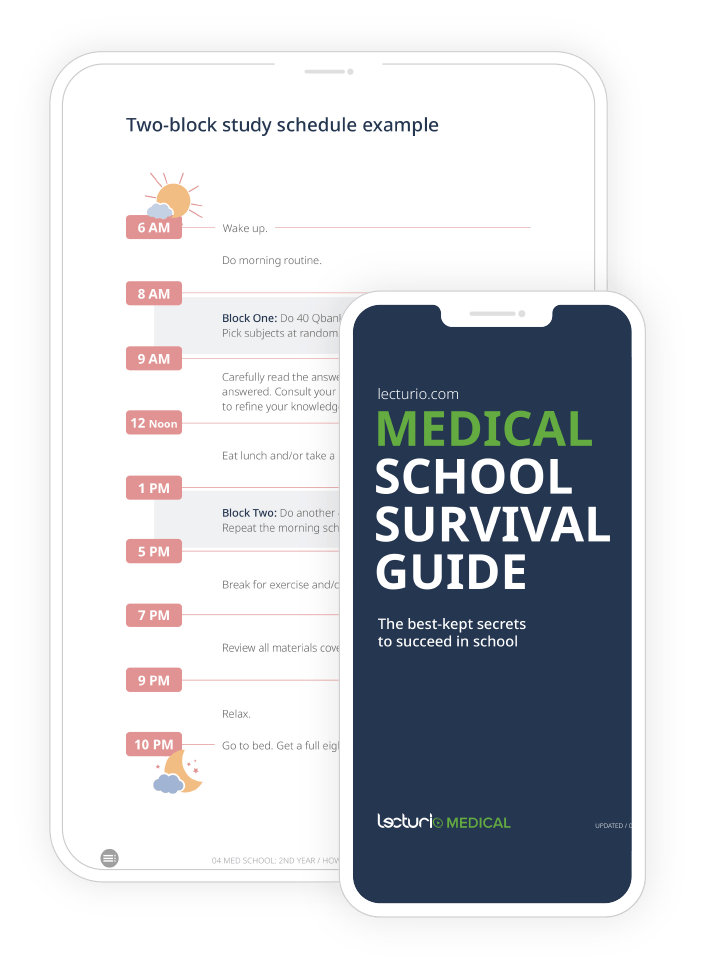MD vs. DO
What is an MD?
MD is short for Medical Doctor. An MD is a medical doctor that practices allopathic medicine. Allopathic medicine is conventional medicine, which uses drugs, radiation, or surgery to diagnose and treat medical conditions. They comprise the highest number of practicing physicians in the United States.
The MD is a 4-year doctorate that results in the ability to obtain a medical license. After medical school, MDs must complete Graduate Medical Education (GME) training through an Accreditation Council for Graduate Medical Education (ACGME) approved program. This training is referred to as residency. As an MD, you can pursue any specialty in medicine for residency. For example, they can choose a broader field of medicine, such as family medicine, or a more specialized field, such as vascular surgery. The length of residency training varies by specialty but typically ranges between 3 and 6 years.
What is a DO?
DO is short for Doctor of Osteopathic Medicine. Training in Osteopathic Medicine is unique because doctors are trained in conventional medical approaches as well as learning additional techniques known as Osteopathic Manipulative Medicine (OMM). Osteopathic manipulative medicine is a musculoskeletal manipulative technique that physically manipulates the body’s muscles, tissues, and bones to assist in the natural healing process. For example, a patient may present to the office with persistent neck pain. The practitioner will use a special physical exam to evaluate the bones and muscles of the cervical spine in order to diagnose a dysfunction. The practitioner will use gentle techniques to correct any issues found on examination. This often results in immediate symptom relief for patients. Additionally, osteopathic medicine teaches the physician to take a more holistic approach when treating the patient. DO physicians learn to look at the body as a whole rather than assessing each body system separately. They are trained to consider the mind, body, and emotions when treating a patient.

Take the Course: OMM
Develop hands-on skills to promote healing through the holistic approach of OMM.
The DO is also a 4-year doctorate degree that results in the ability to obtain a medical license. DOs must complete a residency after medical school, and they can also pursue any specialty in the field of medicine.
How to Become a DO vs. MD
The criteria to become an MD or a DO are essentially the same. A 4-year college degree must be completed to be considered for either degree. Medical admissions committees require the completion of courses such as Biology, Chemistry, Organic Chemistry, Physics, and Calculus. The exact course requirements or recommendations vary from program to program. Both DO and MD medical schools consider grade point averages and the standardized entrance exam, the Medical College Admission Test (MCAT), when selecting candidates for admission. Once accepted, both 4-year doctorate degrees with substantially identical curriculums.
What Do You Learn in a DO vs. MD Program?
The curriculum is largely identical in the MD and DO programs, with the major difference being the additional 200+ hours of OMM for DOs. The first two years of training are known as the preclinical years. This is mostly classroom-based lecture-style learning that covers topics such as pharmacology, anatomy and physiology, and microbiology. Many programs take a “systems-based approach,” where the curriculum focuses on a specific body system each month. The curriculum will rotate through each system in succession for two years. This learning style combines all of the biochemistry, pharmacology, microbiology, and anatomy and physiology into the system-based courses.
The last two years of training are known as clinical years. During the final two years, students in both the DO and MD programs will rotate through each medical specialty in the hospital or an outpatient clinic. These final years aim to develop clinical skills and apply what you learned during preclinical training so you can see and treat patients. You will learn side-by-side with other DOs and MDs during your clinical years.
Studying medicine has never been easier.
Set yourself up for success with Lecturio.
Pros and Cons of DO vs. MD
Pros MD
Becoming an MD is the more traditional approach to pursuing a career in medicine. The pros of an MD degree include greater recognition, slightly more favor when applying for residency positions, and a more board-focused medical education. The DO degree is relatively new, with the first state allowing DO’s to practice medicine in 1901. MDs date back to the 1770s and have a more significant presence and recognition even today. Approximately 66% of practicing physicians today are MDs. Residency selection committees, particularly in specialties deemed more competitive, have a predilection for MDs. This includes fields such as Dermatology, Vascular Surgery, Urology, Radiation Oncology, and Orthopedic Surgery. Also, without the extra focus on OMM, the courses are more tailored toward the material included in the United States Medical Licensing Examination (USMLE).
Pros DO
Attending a DO program has many positives as well. This includes slightly less stringent entrance requirements, a greater focus on holistic care and disease prevention, and additional training in OMM. Although it is difficult to obtain entrance into either the DO or the MD programs, DO programs have slightly lower MCAT and GPA averages. The more holistic approach to learning medicine often results in DOs taking a more preventative approach when treating patients. They are more likely to discuss lifestyle changes before prescribing medications. The additional training in OMM results in the physician becoming more comfortable using their hands to diagnose and treat disease. DOs have an additional 200 hours of training in OMM, which focuses on the musculoskeletal system.
Cons MD
For the MD, the concept of assessing a person based on each body system and typically only diagnosing and treating disease can result in a less holistic approach. This results in treating patients when a disease arises rather than preventing the disease from occurring.
Cons DO
The cons of becoming a DO include more significant challenges in obtaining more specialized residency positions and less focus on USMLE material during preclinical years. As a DO and an MD, you are required to take medical licensing examinations. For DOs, the medical licensing exam is the COMLEX, and for MDs, the licensing examination is the USMLE. DOs will often take both the COMLEX and USMLE in order to apply for residency to be comparable with their MD counterparts. This can certainly be seen as a con for DOs, as taking two medical licensing examinations is time-consuming, costly, and stressful. Also, the COMLEX includes additional material to test competency in OMM, which requires additional study time and materials. Lastly, if you are interested in a focused specialty such as Dermatology, Orthopedic Surgery, or Radiology, it may be more challenging to obtain a residency position in these fields.
What Does a DO Do?
A DO can do anything an MD can do! Practice surgery or radiology, prescribe medications, or perform procedures. You name it, and they can do it. Due to the educational focus on treating the patient as a whole, most DOs enter into primary care specialties such as family medicine, pediatrics, or internal medicine. These specialties allow DOs to use a more holistic approach when treating patients. Family medicine and internal medicine also provide the opportunity for DOs to practice OMM on patients. Although not required, there are specialized residencies available for advancing OMM skills for physicians interested in using OMM in daily practice. Not all DOs practice a more holistic philosophy, and many will concentrate on more focused specialties.
What Is the Right Path for You?
Both degrees offer limitless opportunities to practice medicine in the United States. If I could go back, I would choose to become a DO all over again. When I was deciding between the two degrees, becoming DO felt like the right fit for me for many reasons. I wanted to learn to practice medicine more holistically and I knew I would get that from a DO program. Additionally, I was a non-traditional applicant, with medicine as my second career.
DO programs are often more open to those who switch careers and bring a more diversified background to the medical community. During my time in medical school I felt learning OMM made me comfortable with physical examinations and performing procedures. During my clinical years, I relied on what I felt and saw, not just what I heard. Using OMM on my patients was a way I could sometimes provide instant relief without using medication. The foundation of a more holistic approach to medicine made me consider many diagnoses when seeing patients and to try to get to the root cause of the disease instead of just treating symptoms with medications.
If you are interested in a more selective specialty, you can still achieve this goal as a DO. Due to the recent merging of DO and MD residency training, the number of DOs matching into selective specialties is rising each year. If you are concerned about the lower number of DOs in the country, the growth of the DO profession has tripled from 2020 to 2022. Every year more DOs will join the workforce and strengthen the profession. Either way, DO or MD, embarking on a career in medicine will be a fulfilling, challenging, and rigorous adventure worth every ounce of effort!







